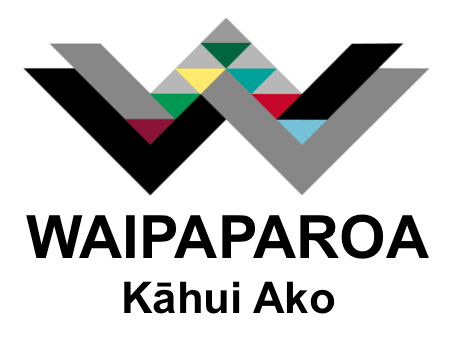
In 1847, Governor Grey replaced the centuries-old Māori name of Paparoa or Owairoa with the English name of Howick. However, it wasn’t until 1923 that the Howick Town Board officially adopted the name Howick, instead of the names Paparoa and Owairoa. The term ‘Howick Beach/Waipaparoa’ translates to ‘water of the flat rocks.’ Later, Paparoa was used to name the flat lands of the Meadowlands Valley. Therefore, our name ‘Waipaparoa’ refers to the water that runs through the low-lying, flat lands of our Meadowlands Valley area. As part of the Ngai Tai treaty settlement in 2015, Howick Beach was renamed to Waipaparoa/Howick Beach. The occupation of the Waipaparoa area dates to the thirteenth century with the arrival of Waka Hourua. Ngāi Tai ki Tāmaki (Ngāi Tai) are the original inhabitants and Iwi of the Waipaparoa area and Tāmaki Makaurau. The Iwi are based in Maraetai, Te Waitematā, and Tikapa Moana, and exercises mana whenua and mana moana interests across Auckland and the Hauraki Gulf.

The local estuaries and waterways have been a bountiful source of sustenance for the local people throughout history. The fish, particularly flounder among other species, were plentiful. Seafood gathering significantly contributed to the health and growth of the area. Fishing has always been the main focus for kai moana and continues to play a vital role in the lives of many local residents today.